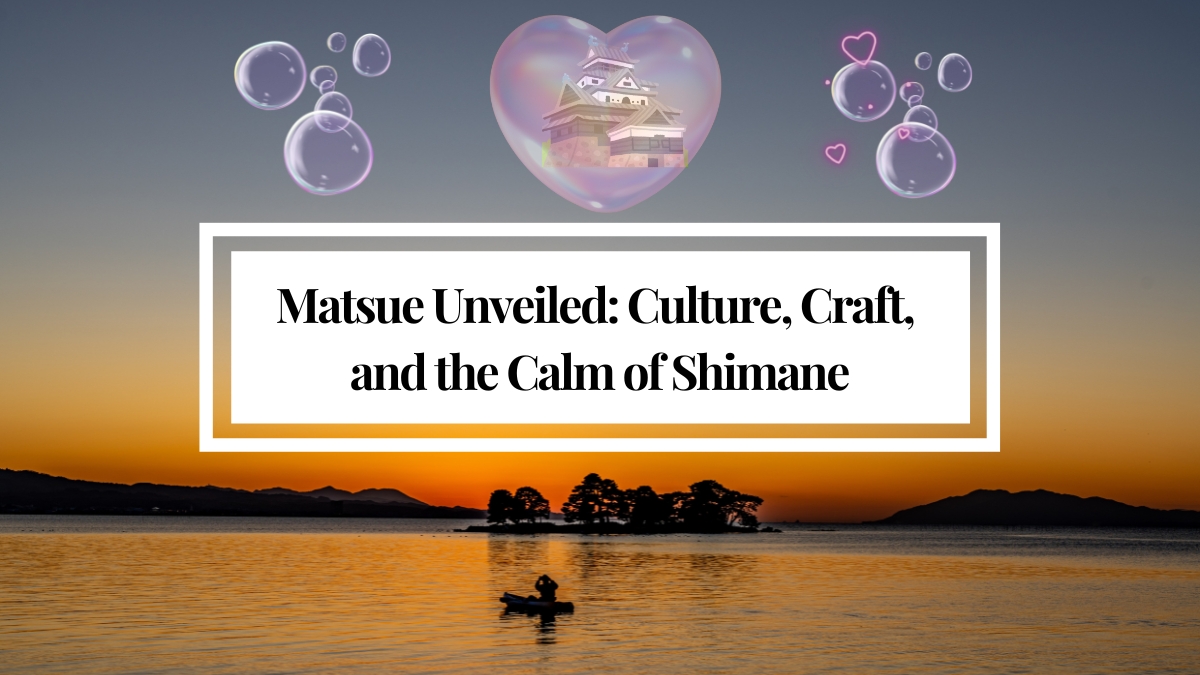Nestled in the tranquil landscapes of western Japan, Matsue—capital of Shimane Prefecture—offers a captivating blend of natural beauty, spiritual heritage, and timeless tradition. Known as the “City of Water” and one of Japan’s few remaining castle towns, Matsue enchants visitors with its harmonious coexistence of ancient shrines, Edo-period architecture, scenic lake views, and artisanal culture. From sacred Shinto sites and revered historical figures to celebrated local delicacies and literary legacies, Matsue invites travelers to discover its multifaceted charm at every corner.
Shirakata Tenmangu Shrine

Nestled in the heart of Matsue City, Shirakata Tenmangu Shrine (白潟天満宮) is a historic and revered site that invites travelers to step into Japan’s rich cultural tapestry.
Founded in the 12th century by the legendary warrior Taira no Kagekiyo, who experienced a miraculous recovery from eye disease after a divine dream, the shrine is dedicated to Sugawara no Michizane, the deified “God of Learning.”
Originally enshrined within Tomita Castle, it was relocated to its current location during the early Edo period under Lord Yoshiharu Horio. Ever since, it has been cherished by generations of feudal lords and townspeople alike.
Today, Shirakata Tenmangu is widely known for its blessings of academic success, good health, and protection from misfortune. Especially popular during entrance exam season and the vibrant annual summer festival on July 24–25, the shrine draws tens of thousands of visitors.
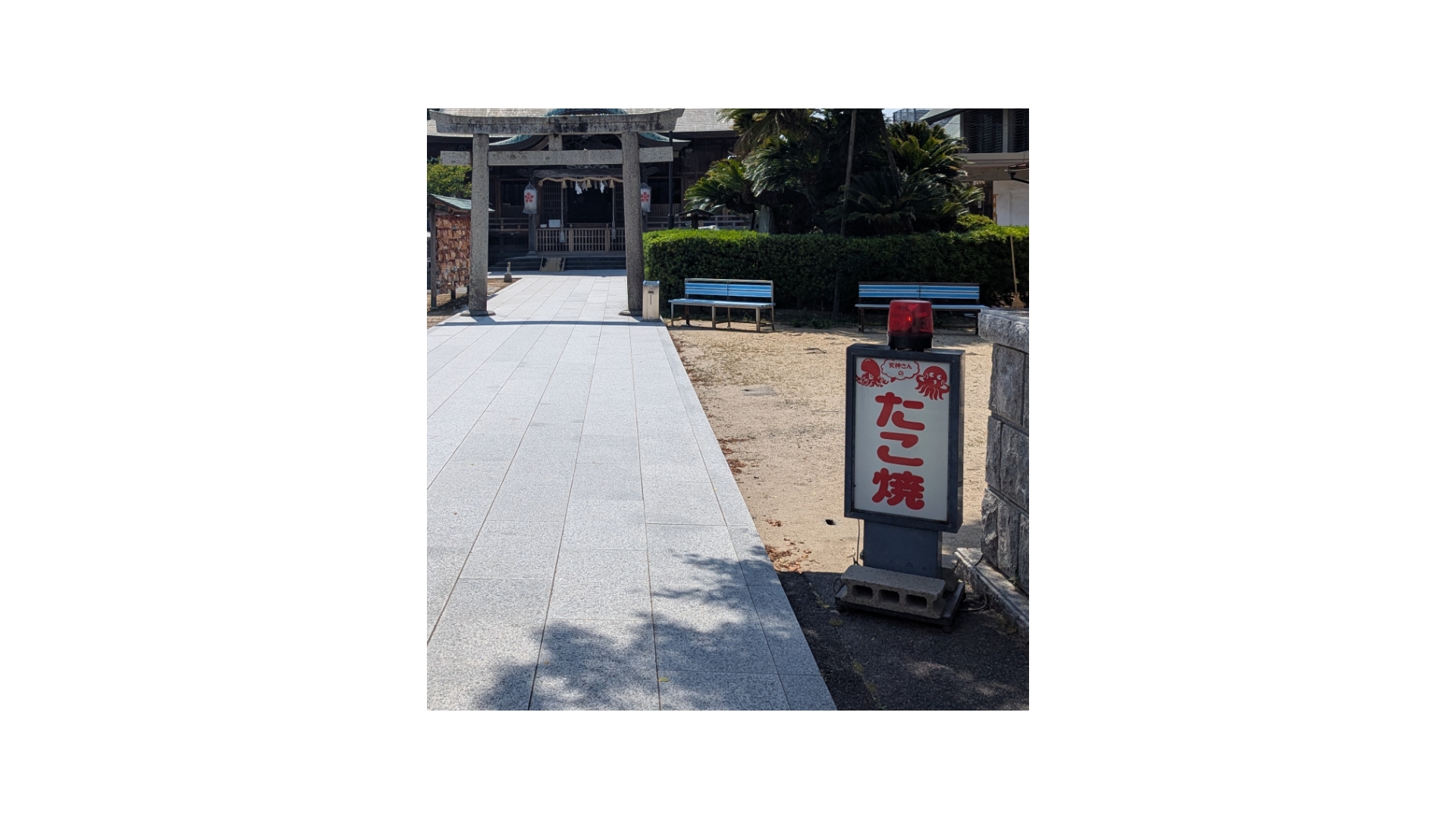
Don’t miss the charming “Okage Tenjin” statue, believed to aid memory and ward off illness, or enjoy a nostalgic treat at the retro-style Tenjin Takoyaki stand on the grounds. Whether seeking spiritual peace or a glimpse into local traditions, Shirakata Tenmangu is a must-visit cultural treasure in the “City of the Gods.”
Shimane Art Museum
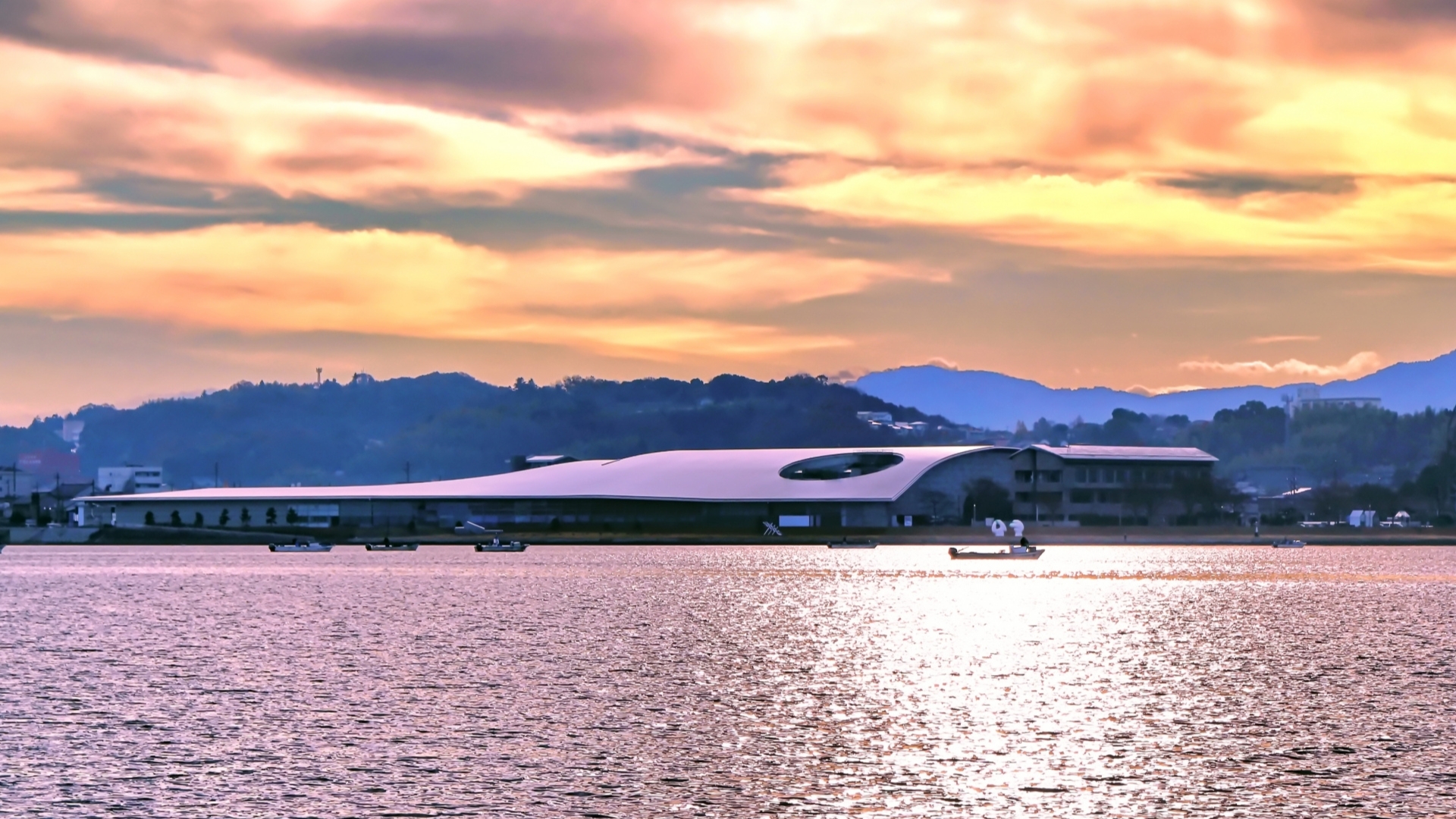
Gracefully positioned along the scenic shores of Lake Shinji in Matsue, the Shimane Art Museum (島根県立美術館) is a cultural gem that harmonizes with the natural beauty of Japan’s “Water City.” The museum’s elegant architecture mirrors its central theme of water, showcasing exquisite collections of water-themed paintings, Japanese woodblock prints, sculptures crafted from wood, and artworks with deep connections to the Shimane region.
Visitors are especially drawn to the museum at sunset—ranked among the “100 Best Sunsets in Japan”—when the glass-walled lobby offers a breathtaking panoramic view of Lake Shinji’s golden hour, open to all free of charge until sundown.
A highlight of the museum is its extensive Hokusai collection, featuring over 1,600 pieces by the legendary ukiyo-e master Katsushika Hokusai, including rare and singular works displayed year-round in the dedicated Hokusai Gallery.
Complete your visit with a stop at the stylish museum shop or relax over a meal at the on-site restaurant. Whether you’re an art enthusiast or a traveler in search of serenity and inspiration, the Shimane Art Museum offers a truly unforgettable cultural and visual experience.


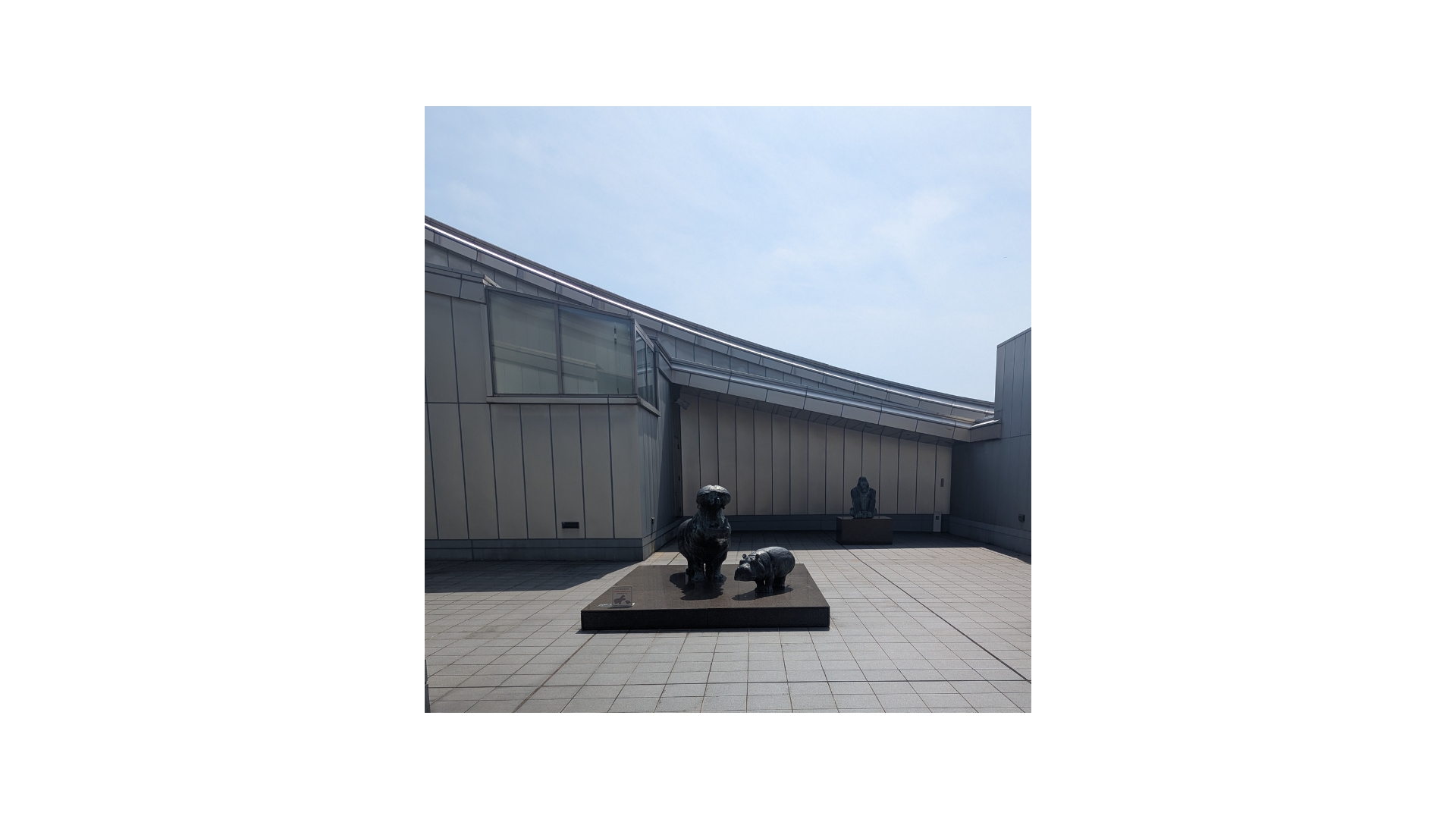
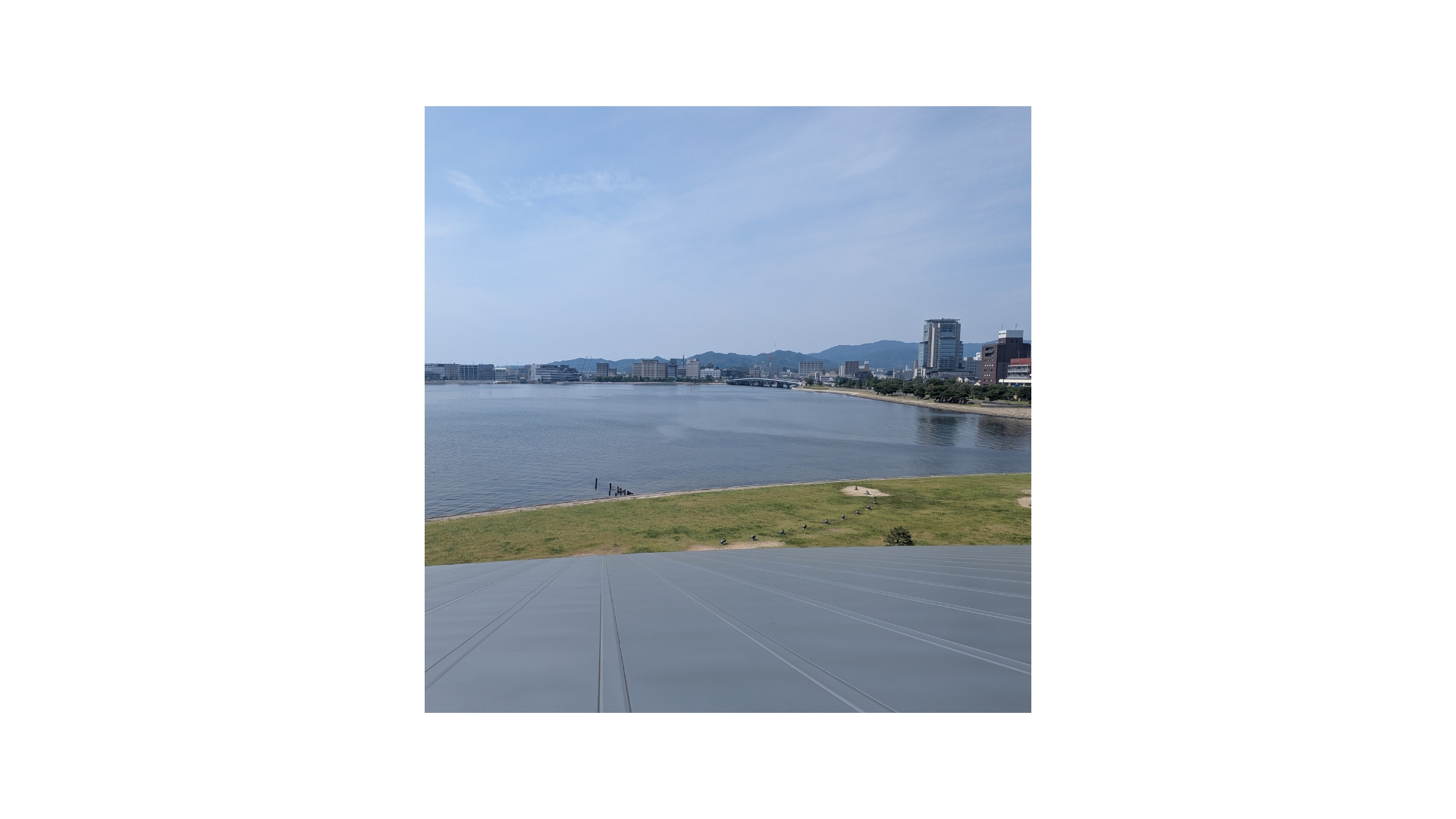

Monument of Professor Seiichi Kishi
 Located in the plaza near the Shimane Prefectural Office, just beside the historic moat of Matsue Castle, the Monument of Professor Seiichi Kishi (岸清一先生像) stands as a tribute to one of Japan’s early sports and legal pioneers.
Located in the plaza near the Shimane Prefectural Office, just beside the historic moat of Matsue Castle, the Monument of Professor Seiichi Kishi (岸清一先生像) stands as a tribute to one of Japan’s early sports and legal pioneers.
Born into a samurai family of the Matsue domain, Kishi went on to excel as a rowing athlete during his time at the prestigious Imperial University. After graduating in 1889, he became a lawyer and later earned his doctorate in law. His distinguished career included serving as president of the Tokyo Bar Association in 1915 and being appointed to the House of Peers in 1932.
Most notably, he played a critical role in shaping Japan’s athletic landscape—serving as president of the Japan Amateur Sports Association and as a member of the International Olympic Committee in the early 20th century. The monument celebrates his lasting contributions to both law and sports, making it a meaningful stop for those interested in Japan’s modern history and the roots of its sporting excellence.
Matsue Castle: A National Treasure
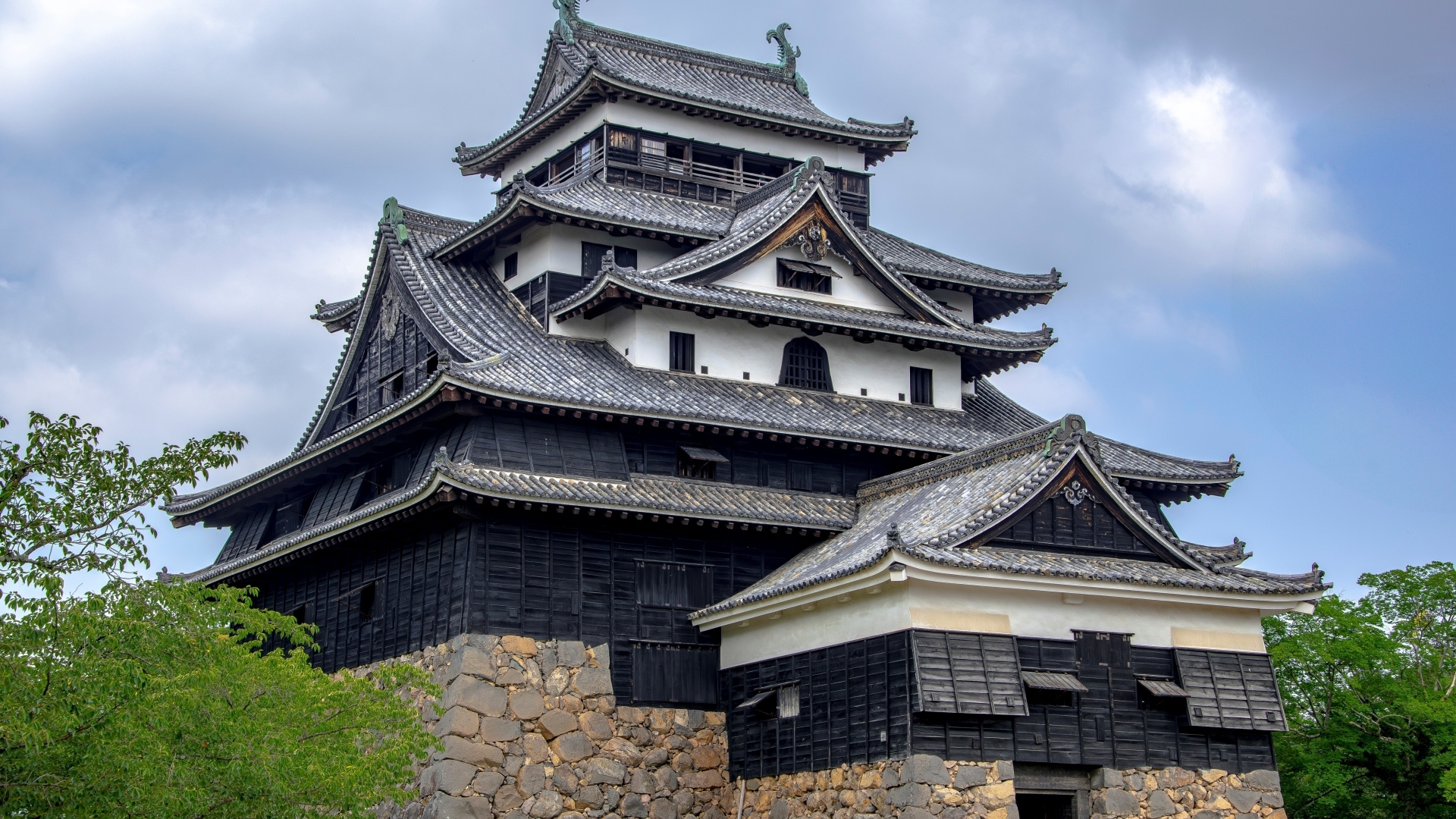
Rising gracefully above the cityscape, Matsue Castle (松江城) is one of only twelve original castles remaining in Japan with their historic wooden keeps (tenshu) still intact.
Completed in 1611 during the early Edo period, the castle’s elegant yet commanding presence makes it a rare and invaluable cultural treasure. Designated a National Treasure, Matsue Castle stands alongside famous castles like Himeji and Hikone as a pinnacle of early modern Japanese castle architecture.
Among these preserved castles, it boasts the second-largest floor area and third-highest tower, offering panoramic views of the surrounding city, lake, and mountains. Unlike castles known for flamboyant designs, Matsue Castle captivates visitors with its dignified simplicity and serene atmosphere, allowing travelers to step back in time and experience the quiet strength of Japan’s feudal past. A must-see landmark in Matsue, it blends architectural grandeur with rich historical legacy.
The Statue of Lord Yoshiharu Horio
 Standing proudly in front of the main gate plaza (Ōtemae Hiroba) of National Treasure Matsue Castle is the Statue of Lord Yoshiharu Horio (堀尾吉晴公像), the feudal lord who founded the city of Matsue and oversaw the construction of its iconic castle.
Standing proudly in front of the main gate plaza (Ōtemae Hiroba) of National Treasure Matsue Castle is the Statue of Lord Yoshiharu Horio (堀尾吉晴公像), the feudal lord who founded the city of Matsue and oversaw the construction of its iconic castle.
A skilled samurai from Owari Province, Horio served under three of Japan’s great unifiers—Oda Nobunaga, Toyotomi Hideyoshi, and Tokugawa Ieyasu. His remarkable military career included a key role in Hideyoshi’s unification campaigns. After the Siege of Odawara, he was granted a 120,000-koku domain and became lord of Hamamatsu Castle. Though his time in Hamamatsu was brief, his influence was enduring. Today, visitors can appreciate his legacy not only at the castle entrance but also at Enjō-ji Temple, his family temple in Matsue’s Sakae-machi district, where the original model of this statue is preserved.
As you pass through the Ōtemon Gate into the inner grounds, imagine the strategic design of the castle—where enemies would be exposed and vulnerable to defenders’ fire from above. This powerful statue honors a man whose vision shaped the history and landscape of Matsue.
Site of the Ōtemon Gate – The Grand Entrance to Matsue Castle
 Once towering over the approach to Matsue Castle stood the Ōtemon Gate, the castle’s grand main entrance. Although the gate itself was dismantled during the Meiji era, visitors can still witness its impressive scale and historical footprint.
Once towering over the approach to Matsue Castle stood the Ōtemon Gate, the castle’s grand main entrance. Although the gate itself was dismantled during the Meiji era, visitors can still witness its impressive scale and historical footprint.
The stone foundations at your feet are original, uncovered through archaeological excavation, while the flanking stone walls have been carefully reconstructed. According to historical accounts, the Ōtemon measured approximately 14.5 meters (eight ken) wide and 5.5 meters (three ken) deep. It is said to have been a two-story structure crowned with shachihoko—mythical tiger-headed fish ornaments—symbolizing protection from fire.
Standing in the center of the original gate site, you can truly sense the grandeur and scale of one of Japan’s largest castle gates. This spot offers a glimpse into the defensive sophistication and architectural majesty that once defined Matsue Castle, one of the few remaining original castles in Japan.
Toyonoaki – Yoneda Sake Brewery: A Taste of Tradition in Castle Town Matsue
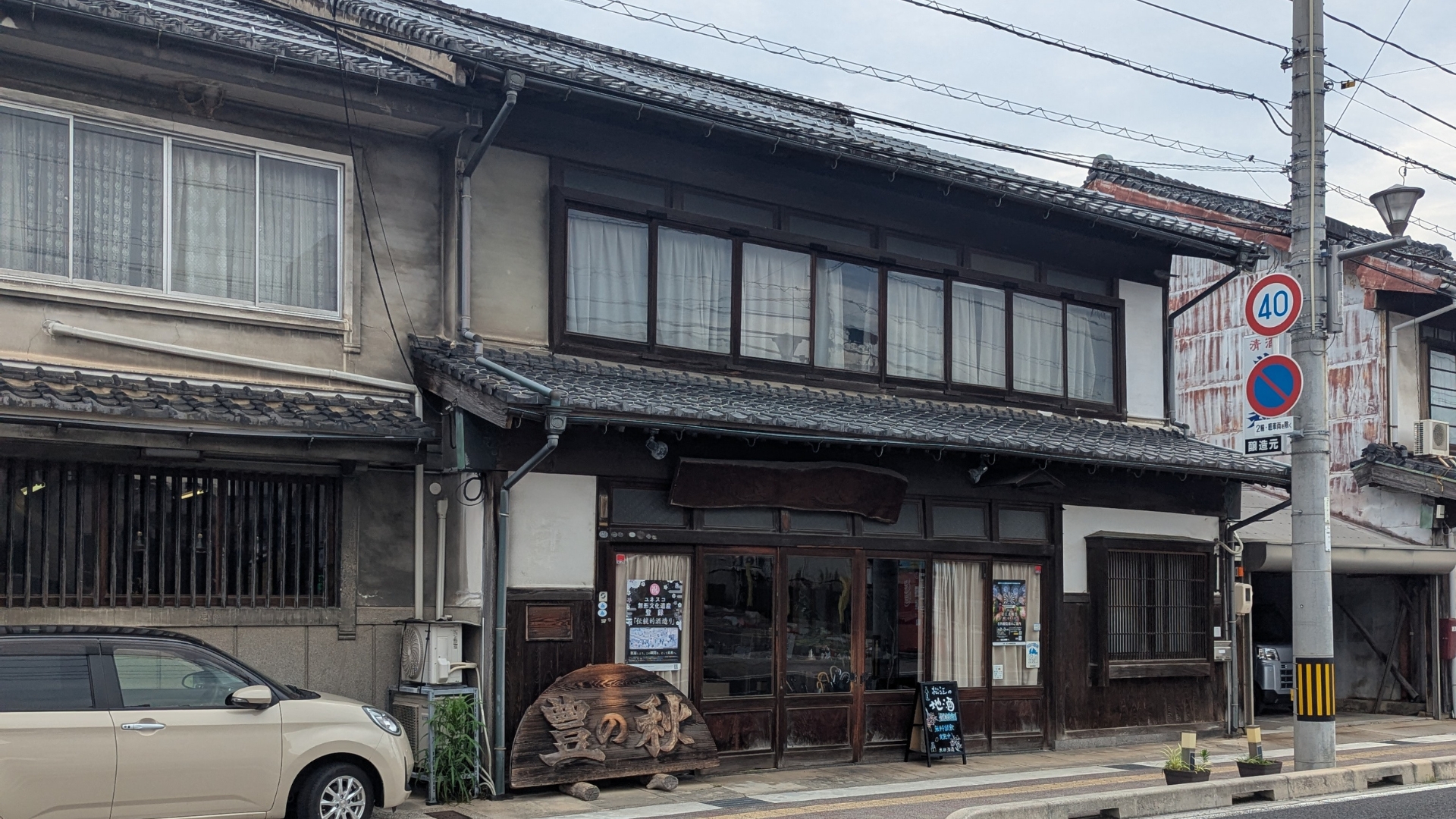
Nestled in the historic castle town of Matsue, Yoneda Sake Brewery (米田酒造株式会社) has been crafting traditional Japanese sake since 1896 (Meiji 29). Surrounded by the rich natural beauty of Shimane—where mountains, rivers, the sea, and Lake Shinji meet—this brewery embodies the harmony between nature and culture. Its signature label, “Toyonoaki (豊の秋)”, meaning “Abundance of Autumn,” symbolizes gratitude for nature’s bounty and a heartfelt prayer for the prosperity of all five grains. Here, sake-making is not only a craft but a way of life rooted in clean water, pure air, and deep respect for the land and its farmers.
As a cornerstone of Matsue’s culinary heritage, Yoneda’s sake pairs beautifully with the fresh, seasonal ingredients that define the region’s food culture. Each bottle carries the warmth of local tradition and the brewery’s enduring commitment to flavor and quality. Whether you’re a sake connoisseur or a curious traveler, a visit to Toyonoaki offers more than just a drink—it’s an invitation to experience the spirit of Japanese craftsmanship and the heartfelt hospitality of Matsue.
Matsue Kyōmise Shopping Street – A Walk Through History and Elegance

Matsue Kyōmise Shopping Street (松江京店商店街) stretches east to west along the south side of the Kyōbashi River, offering visitors a charming blend of traditional atmosphere and local flavor. Its origins date back to 1724, when Princess Iwa, a noblewoman from Kyoto, married the fifth lord of the Matsue Domain, Matsudaira Nobutsuna. To help her feel at home, the townscape was designed in the elegant style of Kyoto—giving birth to the district known today as Kyōmise.
The street is lined with century-old confectionery shops, including those inspired by the famed tea master Lord Matsudaira Fumai, as well as artisan boutiques selling agate crafts, Yakumo-nuri lacquerware, and Yasugi steel blades. You’ll also find a variety of eateries—from Japanese and Western to Chinese cuisine—alongside trendy fashion shops and salons, blending tradition with modern-day culture.
Just a short stroll away are notable attractions such as Karakoro Plaza, where you can board the scenic Horikawa Sightseeing Boat, the hands-on Karakoro Art Studio, and the tranquil Shiroyama Park. Whether you’re chatting with a passionate craftsman, sampling exquisite sweets, or browsing for unique souvenirs, Kyōmise Shopping Street offers a relaxing, nostalgic, and truly local experience at the heart of Matsue.
Miho Shrine – The Grand Head Shrine of Ebisu, Guardian of Good Fortune

Located in the scenic coastal area of Matsue, Miho Shrine (美保神社) is the principal shrine dedicated to Ebisu-sama, the god of prosperity, good fortune, and commerce. Ebisu is known as the son of Ōkuninushi (Daikoku-sama), the deity enshrined at the famous Izumo Taisha, and together, visiting both shrines—a practice known as “Ryōmairi”—is believed to bring strong blessings for good relationships and fortune.
The shrine’s main hall features a rare architectural style called “Miho-zukuri”, which places two Taisha-zukuri-style structures side by side—a unique design designated as an Important Cultural Property of Japan. The left sanctuary is dedicated to Mihotsuhime-no-Mikoto, while the right sanctuary honors Ebisu-sama. Known for his love of music, Ebisu has inspired the donation of many musical instruments to the shrine, adding to its rich cultural atmosphere.
With its sacred traditions, striking architecture, and serene seaside setting, Miho Shrine offers travelers a deeply spiritual and uniquely Japanese experience—perfect for those seeking blessings, beauty, and a connection to the ancient roots of Shinto belief.
Lafcadio Hearn’s Former Residence – A Literary Window into Old Japan
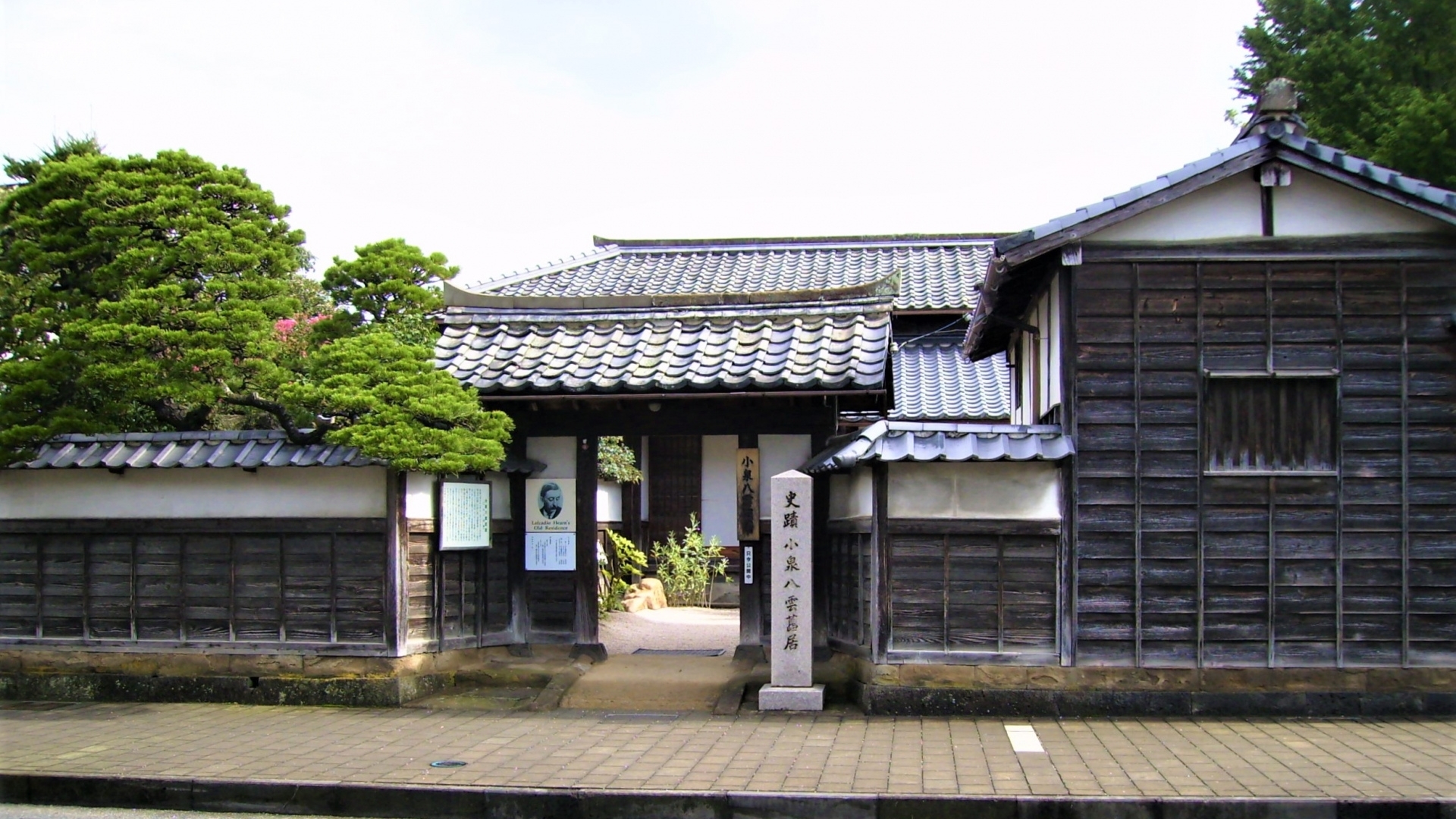
Step into the tranquil world of Lafcadio Hearn (Koizumi Yakumo) at his beautifully preserved former residence in Matsue, located along the quiet inner moat of Matsue Castle. Hearn, a literary figure renowned for introducing Japan to the Western world through works like Kwaidan, Glimpses of Unfamiliar Japan, and In Ghostly Japan, lived here in 1891 with his Japanese wife, Setsu. The home once belonged to a former samurai family and offered Hearn a peaceful retreat from the bustle of town life. From the house, he could gaze across the moat to the castle tower and enjoy the meticulously designed traditional Japanese garden, which he fondly described in his 1894 essay, In a Japanese Garden.
This residence is one of the few remaining homes where Hearn actually lived and is preserved today as a public museum. It allows visitors to step back into the Meiji-era world that so deeply inspired him. Hearn’s literary contributions spanned folklore, essays, travel writing, translations, and cultural criticism. His deep appreciation for Japanese customs, spirituality, and aesthetics—rare for a Westerner of his time—helped shape global understanding of Japan. A visit to this residence is not just a walk through a historic home, but a journey into the heart of Japan as seen through the eyes of one of its most empathetic and enduring interpreters.
Lake Shinji – A Scenic Gem of Nature, Culture, and Culinary Delights
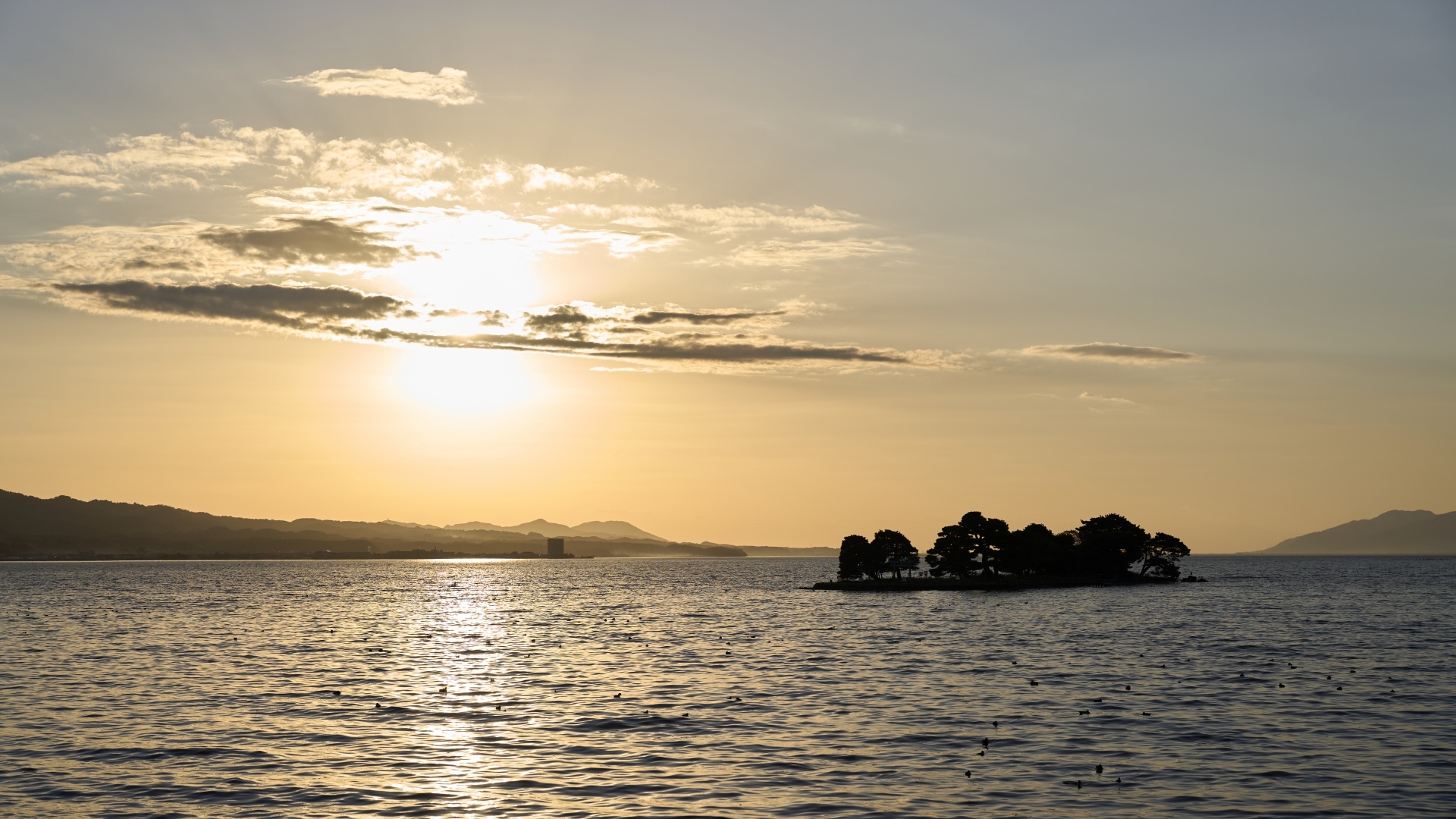
Lake Shinji (宍道湖), the seventh-largest lake in Japan, is a breathtaking natural landmark in Shimane Prefecture, renowned for its serene beauty, abundant wildlife, and deep cultural significance. The lake serves as a vital habitat for numerous migratory birds, making it a paradise for birdwatchers throughout the year. Most famously, Lake Shinji’s sunset views have been selected among Japan’s “Top 100 Sunsets,” with the view from the Shimane Art Museum, located along the lakeshore, being one of the most popular and picturesque spots to witness the glowing horizon.
The lake is also known for its culinary richness, especially the famed “Shinjiko Shicchin” (The Seven Delicacies of Lake Shinji). Among them, the Yamato shijimi (freshwater clams) are especially beloved and are often enjoyed in miso soup, simmered dishes, or as packaged souvenirs—offering visitors a delicious taste of Shimane’s local food culture.
At the heart of the lake lies the mystical Yomegashima (Bride Island), home to a small shrine dedicated to Benzaiten, the goddess of music and water, and surrounded by pine trees. The island is named after a poignant local legend of a young bride and is the subject of annual walking events, where, during periods of low water, visitors can cross the shallow lakebed to reach the island on foot. Whether you’re drawn by its scenery, stories, or seasonal flavors, Lake Shinji offers an unforgettable blend of natural beauty, folklore, and heartfelt hospitality.
Eshima Ohashi Bridge – Japan’s “Pedal-to-the-Metal” Slope with a View
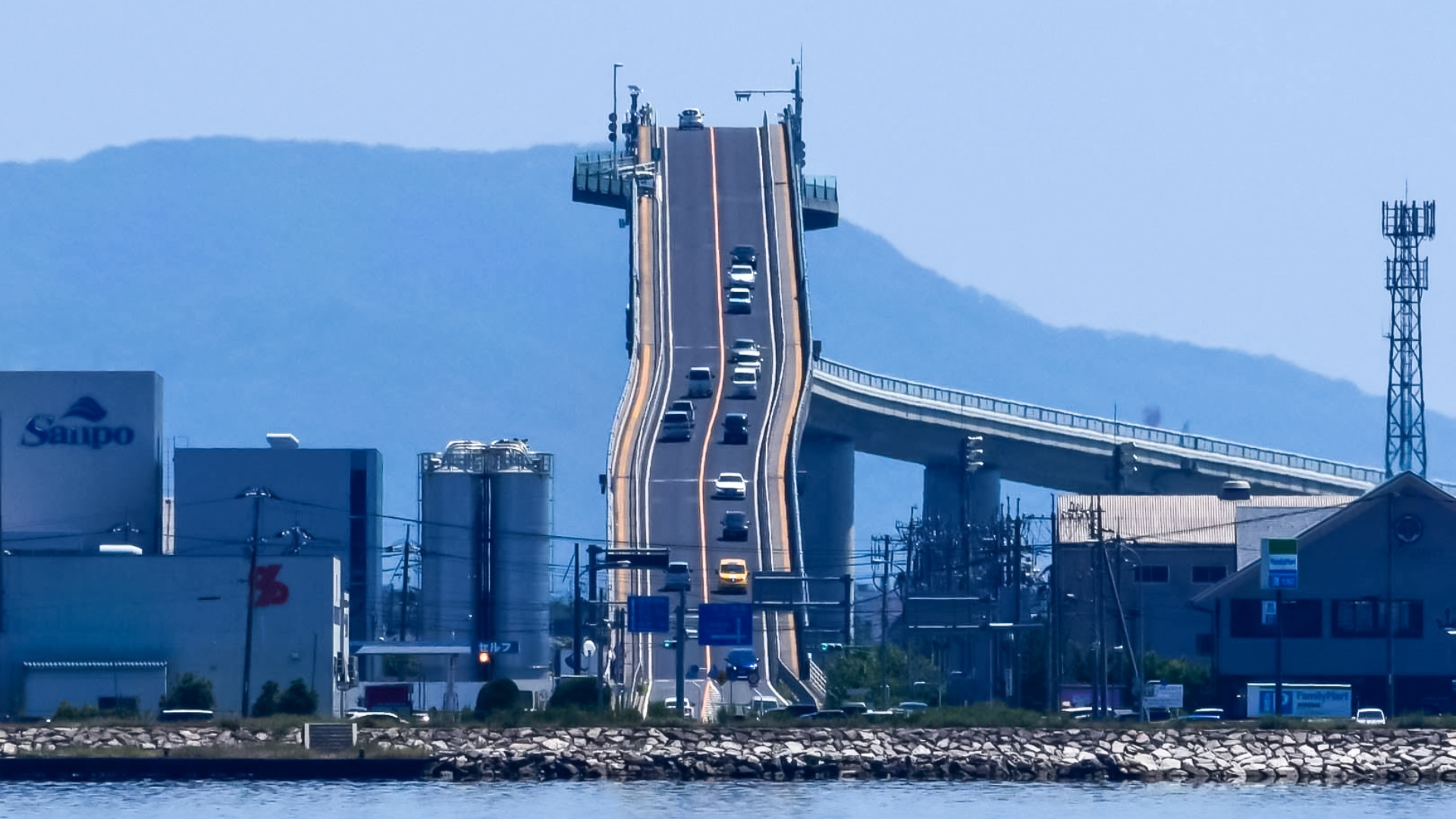
Often compared to a giant wall, the striking Eshima Ohashi Bridge (江島大橋) spans Lake Nakaumi, dramatically connecting Eshima Island in Matsue City, Shimane Prefecture to Sakaiminato City in Tottori Prefecture. Its steep incline has earned it the nickname “Betabumi-zaka” (literally, “pedal-to-the-metal slope”)—a name that became famous after appearing in car commercials due to its visually dramatic angle.
Reaching a height of approximately 45 meters, the bridge holds the record as Japan’s largest concrete rigid-frame bridge (PC girder type). Despite its steep appearance, it’s fully accessible to both vehicles and pedestrians, with dedicated walkways offering a unique and scenic crossing experience. On clear days, those who walk or stop near the summit can enjoy breathtaking views that stretch all the way to Mount Daisen, the highest peak in the Chūgoku region.
Popular among photographers and sightseers alike, Eshima Ohashi Bridge is not just a feat of engineering but also a destination in itself—a blend of functionality, dramatic perspective, and panoramic beauty that leaves a lasting impression on all who visit.
Yūshien Garden – A Floral Paradise Through the Seasons
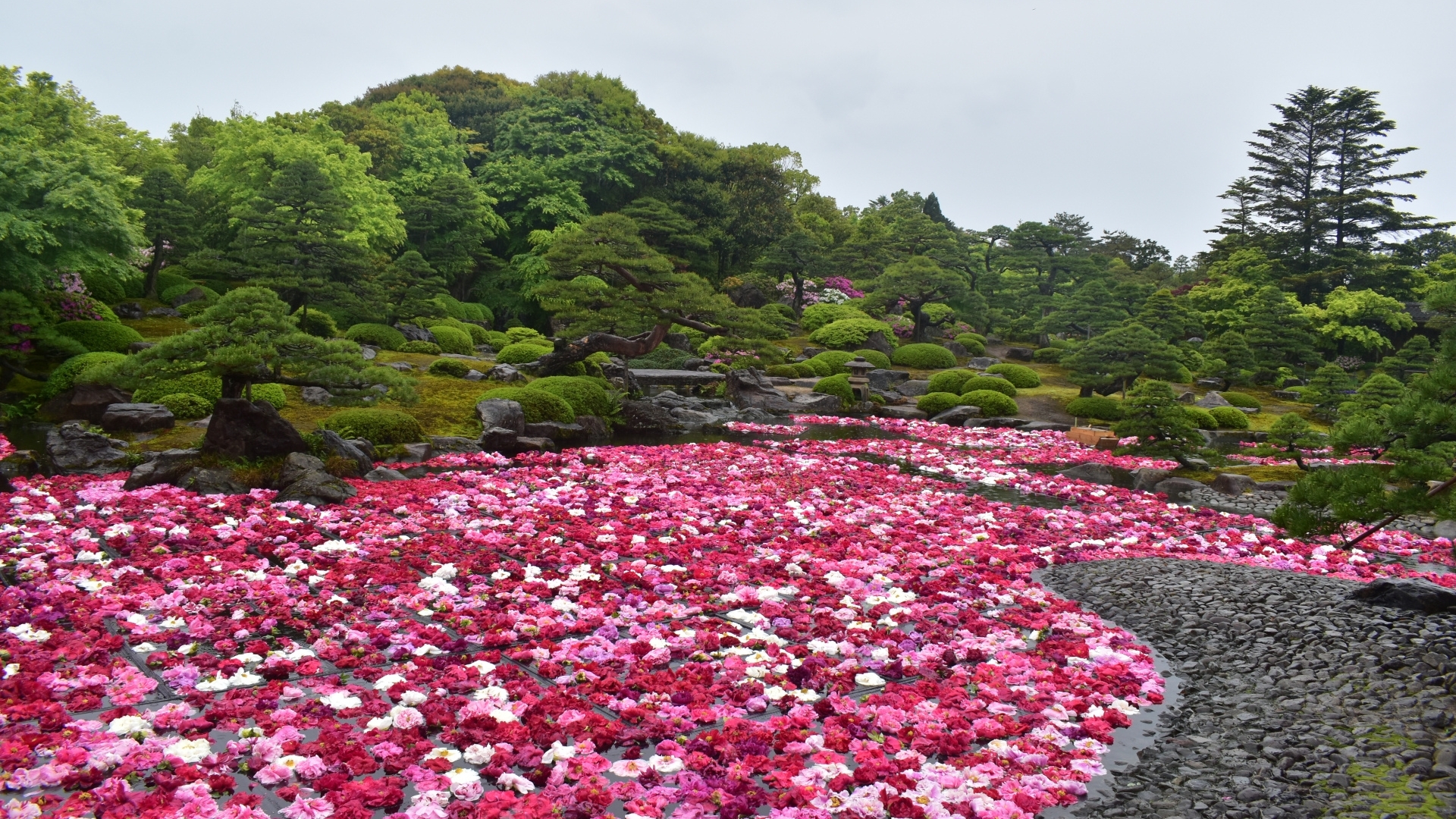
Nestled on Daikon Island in the heart of Lake Nakaumi, Yūshien Garden (由志園) is a stunning 10,000-tsubo (approximately 3.3 hectares) traditional Japanese strolling garden renowned for its seasonal beauty and elegant design. From lush peonies and irises to vibrant autumn foliage and delicate winter peonies, the garden offers a breathtaking display of color and nature throughout the year. Its layout features flowing waterfalls and serene ponds that symbolically represent the path of the Hiikawa River as it winds from the mountains to the Sea of Japan, while the islands within the pond evoke the surrounding landscape of Daikon Island itself.
A highlight is the Peony Hall, a climate-controlled indoor garden where peonies bloom in all seasons, ensuring that visitors can enjoy these iconic flowers even in the depths of winter. Throughout the year, Yūshien also hosts illumination events, transforming the garden into a magical nighttime spectacle.
The garden features three elegant dining venues, where guests can savor kaiseki cuisine while enjoying views of the landscaped grounds. Yūshien is also known for its original products made with Korean ginseng, which is cultivated locally and prized for its health and beauty benefits.
Located in Yatsuka Town, an area famous for both peony cultivation and ginseng production, Yūshien is easily accessible via the scenic route connecting Matsue and Sakaiminato in Tottori Prefecture. A visit to Yūshien offers a harmonious blend of nature, culture, and wellness in one unforgettable setting.
Ending
Whether you’re strolling along the Kyōmise Shopping Street, reflecting at Shirakata Tenmangu Shrine, savoring the panoramic sunset at Lake Shinji, or immersing yourself in the refined serenity of Yūshien Garden, Matsue promises a journey rich in history, culture, and soul-soothing beauty. More than just a destination, this lakeside city is a living canvas of Japan’s enduring traditions and heartfelt hospitality. For anyone seeking meaningful encounters with the essence of Japanese heritage, Matsue stands as an unforgettable chapter waiting to be explored.
